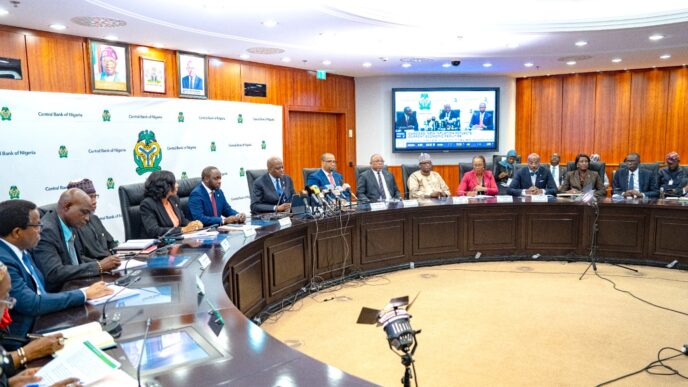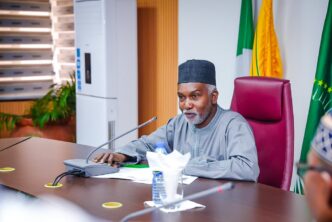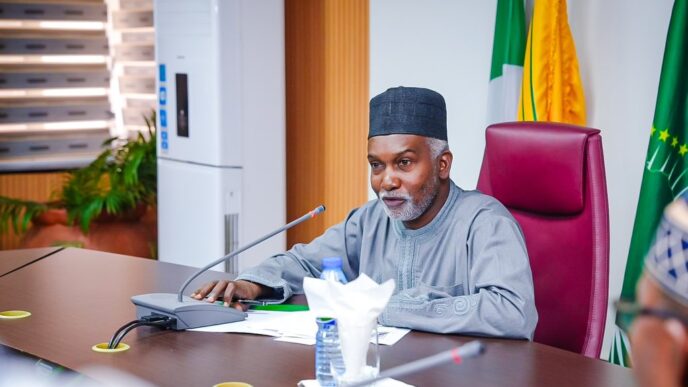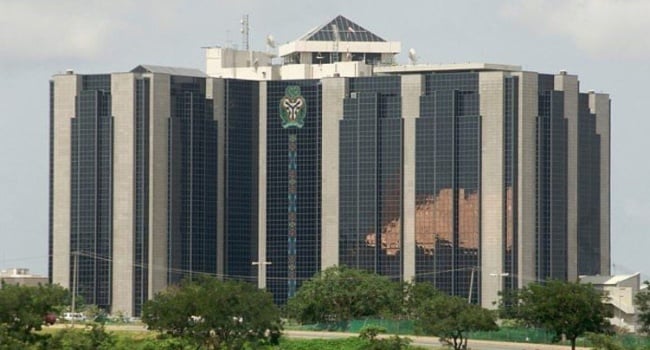A new report by the United Nations says the world is facing some of the most damaging and widespread droughts in recorded history.
The report said the event is driven by climate change and environmental degradation.
The report was published by the UN Convention to Combat Desertification (UNCCD), the US National Drought Mitigation Center (NDMC) and the International Drought Resilience Alliance (IDRA).
It examined global drought impacts from 2023 to 2025, highlighting how the crisis devastates lives and ecosystems while deepening poverty, hunger, energy insecurity, and economic damage.
Advertisement
According to the report, 90 million people across eastern and southern Africa are facing acute hunger, with some regions experiencing their worst drought in history.
In Ethiopia, Zimbabwe, Zambia and Malawi, maize and wheat crops have failed repeatedly.
The report said in Zimbabwe, the 2024 corn harvest dropped by 70 percent year-on-year, maize prices doubled, and 9,000 cattle died due to thirst and starvation.
Advertisement
In Somalia, 43,000 people died in 2022 alone due to hunger linked to drought. As of early 2025, one in four Somalis was experiencing crisis-level food insecurity.
It noted that the effects have also disrupted energy systems.
In Zambia, drought has led to one of the world’s worst energy crises. In April 2025, the Zambezi River fell to just 20 percent of its long-term average, pushing the Kariba Dam, the country’s largest hydroelectric plant, to only 7 percent generation capacity.
The UN report said the resulting 21-hour daily blackouts forced the closure of hospitals, bakeries, and factories.
Advertisement
The report also stressed that the impacts extend beyond Africa. In Spain, two years of drought and record heat caused a 50 percent drop in olive production by September 2023, doubling the price of olive oil.
In Türkiye, groundwater depletion driven by drought is triggering sinkholes, endangering infrastructure and reducing aquifer storage capacity.
In the Amazon Basin, the report said low river levels in 2023 and 2024 caused mass fish and dolphin deaths, disrupted water supply, and made transportation difficult for hundreds of thousands of residents.
It added that ongoing deforestation and fires have raised fears that the Amazon could shift from being a vital carbon sink to a carbon source.
Advertisement
According to the report, global trade has also been affected. The Panama Canal saw transit drop by more than one-third due to low water levels, resulting in soybean export decline in the US and product shortages in UK supermarkets.
‘DROUGHT IS A SILENT KILLER’
Advertisement
Ibrahim Thiaw, UNCCD executive secretary, described the climate crisis as a “silent killer”.
“Drought is a silent killer. It creeps in, drains resources, and devastates lives in slow motion. Its scars run deep,” Thiaw said.
Advertisement
“Drought is no longer a distant threat. It is here, escalating, and demands urgent global cooperation. When energy, food, and water all go at once, societies start to unravel. That’s the new normal we need to be ready for.”
Mark Svoboda, report co-author and director of the NDMC, said: “This is a slow-moving global catastrophe, the worst I’ve ever seen.”
Advertisement
“This is not a dry spell. This report underscores the need for systematic monitoring of how drought affects lives, livelihoods, and the health of the ecosystems that we all depend on.
“The struggles experienced by Spain, Morocco and Türkiye to secure water, food, and energy under persistent drought offer a preview of water futures under unchecked global warming. No country, regardless of wealth or capacity, can afford to be complacent.”
To address the crisis, the report recommends improving early warning systems, monitoring real-time drought impacts, and investing in nature-based solutions such as watershed restoration and the use of indigenous crops.
It also called for more resilient infrastructure such as off-grid energy and alternative water sources, as well as international cooperation, especially around shared water basins and trade routes.










